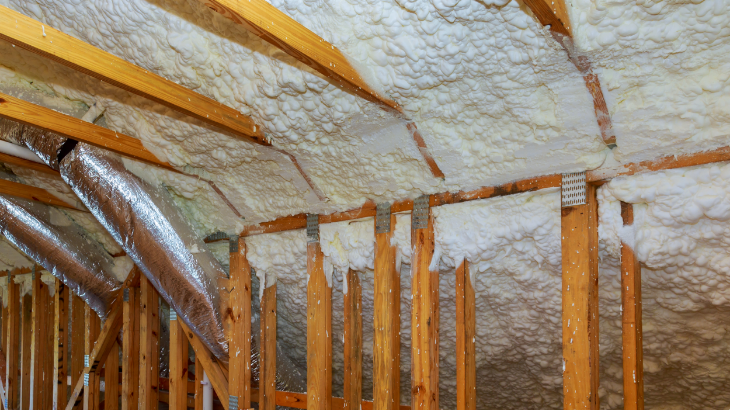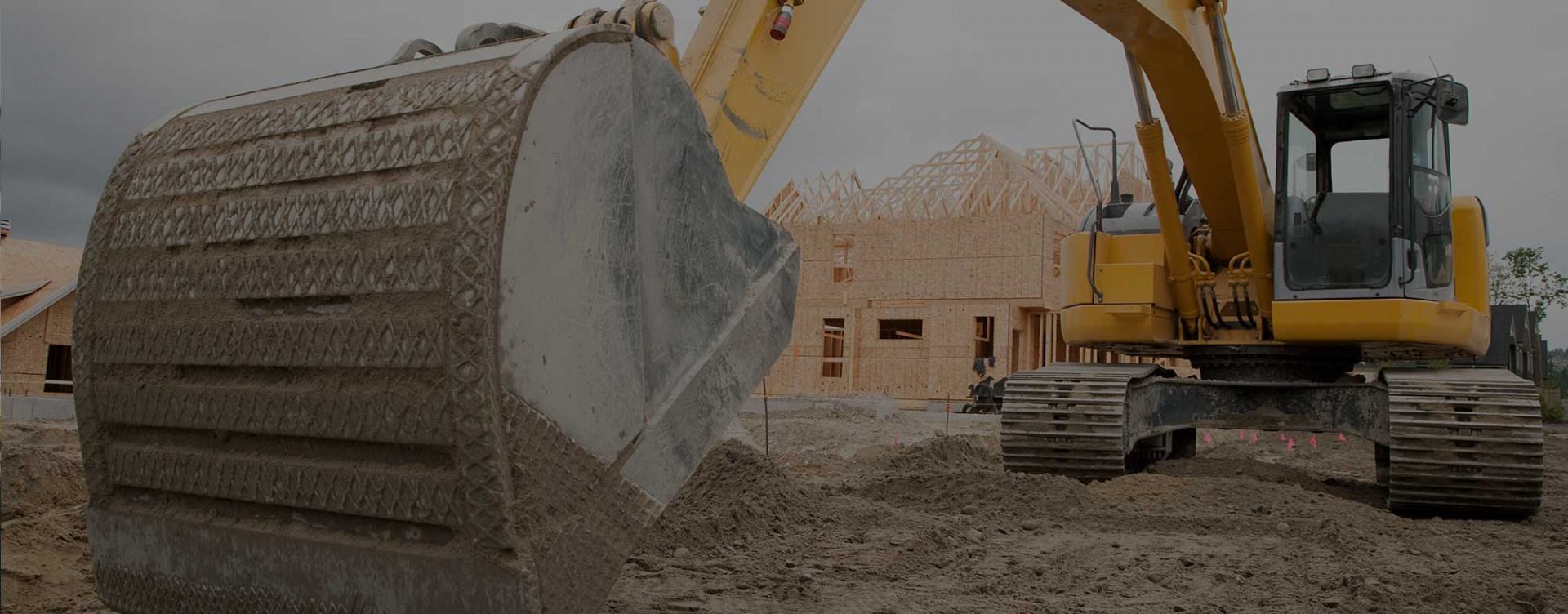
Key Points
- Spray polyurethane foam insulation can achieve air tightness of 0.10 to 0.20 air changes per hour.
- Air tight homes require sealed-combustion HVAC appliances and mechanical ventilation.
- Sealed-combustion appliances fueled with natural gas cost less to operate than electric ones.
Spray polyurethane foam (SPF) is a popular insulation product for homes and buildings; especially for roofs and attics. Benefits include:
- High R-value (six per inch for closed cell)
- Air barrier (no sagging so no air gaps)
- Air tightness (0.10 to 0.20 air changes per hour)
- High shear and compressive strength (when bonded to facing materials)
- Easier to install (because it’s applied with a spray gun)
The spray foam is made on-site by mixing two chemicals—isocyanate and a polylol blend. When these two chemicals react, a blowing agent expands the mix as it’s sprayed, forming a foam. Most SPF is closed cell, which acts as an air and vapor barrier—a major advantage in southern climates. However, humidity control and proper ventilation are critical to a successful and safe application.
HVAC Requirements
Because of the excellent air tightness in SPF homes, the reduction in heating and cooling loads is significant, and the level of comfort is high. However, such an airtight home requires one of two types of HVAC systems to maintain combustion safety and proper ventilation:
- Direct–vent appliances bring combustion air directly into the combustion chamber via sealed inlets connected to the outside and usually have a fan-assisted exhaust.
- Power–vented systems use a small blower on the vent system to draw combustion air and flue products through the furnace and then exhaust combustion gases through a vent to the outside.
Draft hood-equipped appliances (gas water heaters) aren’t recommended for SPF homes because they must be installed in a sealed interior room or closet, which is vented to the outside. These closets are difficult to build and may cost as much as the incremental cost of the sealed combustion equipment, according to the U.S. Environmental Protection Agency. An atmospheric combustion furnace draws air from its immediate surroundings (basement), which in turn pulls the air from the rest of the house.
Natural gas is cost effective
The sealed-combustion appliance costs slightly more than the atmospherically vented type. However, these costs are offset by the energy savings achieved with the SPF insulation. While the upfront costs for natural gas furnaces and water heaters are typically higher than those of their electric counterparts, an analysis by the American Gas Association (AGA) found that operating costs are lower: by about 28 percent and 43 percent, respectively.
Electricity is also typically the highest cost energy source on an energy equivalent basis. The average price for electricity delivered to homes was $37 per MMBtu in 2015, compared to $1.45 per MMBtu for natural gas. Source: www.ornl.gov
Another benefit of natural gas is a reduction in greenhouse gas emissions. The average wellhead-to-burner tip greenhouse gas emissions of a typical natural gas household’s energy use is 44 percent less than the equivalent energy from electricity (coal-to-water heater). The waste heat associated with electric generation and transmission is also twice as high; natural gas is 92 percent efficient from wellhead to burner tip.
